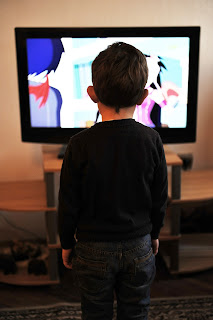 |
| (image from Pixabay) |
Teaching kids to look critically at the media that surrounds them (in the form of cereal boxes, advertisements, stories in books and movies, and more) helps to develop those muscles so that they are prepared for continuing to analyze the messages media is giving, applying a healthy dose of skepticism to things they read/see/hear. All of this helps them when it comes time to tell real news from fake news!
Yesterday I watched a patient dad with his toddler redirecting him again and again from gazing fondly and starting to grab the candy on display at the check-out line. I remember telling my own preschool kids about how the grocery store was trying to trick them into begging for sugar cereal by putting the colorful boxes filled with cartoon characters right at their eye level–same with the candy display at the checkout counter. The kids actually responded very well to this tactic, and felt like they were pulling one over on the grocery store by resisting the trickery.
I found some good resources for thinking about media literacy for kids. Maybe worth showing to families, or to kids themselves! A friend of mine taught a class to a bunch of middle-grade homeschoolers last month called The Liars Club, where the kids learned to manipulate data, twist the truth, and create their own fake news as a way to appraise media more critically. I love the idea, and I bet it could work at some library settings!
Here are a few resources I found that might be of interest:
Common Sense Media–Media Literacy 101
*Canada’s Centre for Digital and Media Literacy–MediaSmarts
*1/20/2020, this website seems to be broken, hopefully temporarily. (LL)
